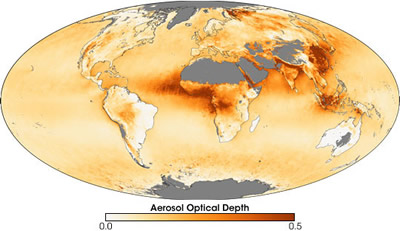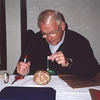Aerosols are tiny particles, such as soot or dust, suspended in Earth's atmosphere. In addition to their impacts on air-quality, aerosols can block sunlight from reaching the Earth's surface. This image shows how much sunlight aerosols blocked from reaching the Earth's surface in 2006. Areas where aerosols let sunlight through are white, and areas where aerosols blocked sunlight from reaching the Earth are dark orange. Areas where data could not be collected appear in gray.
Click on image for full size
Image Courtesy of Reto Stockli, NASA's Earth Observatory
Pollution Speeds up Snow Melt in Europe and Asia
Mark Flanner, a scientist who studies climate change, conducted a study that found that snow melts faster during the spring in Europe and Asia than in North America.
Flanner and his colleagues think that aerosols, which are tiny floating particles in the sky, are the cause of this. The countries in Europe and Asia produce high levels of black carbon and mineral dust, which are types of air pollution. These particles become aerosols in the atmosphere. Some aerosols reflect energy from the sun, which possibly cools the Earth's surface below. But black carbon and mineral dust tend to warm snow-covered surfaces by absorbing energy from the sun.
"While this research does not fully explain why springtime land temperatures and snow cover are changing so much faster over Eurasia than North America, it does suggest that snow darkening from black carbon, a process lacking in most climate models, is playing a role," Flanner said.
You might also be interested in:
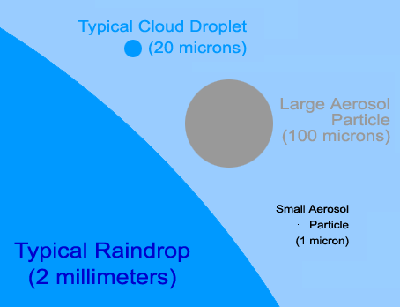
When you look up at the sky, you are looking at more than just air. There are also billions of tiny bits of solid and liquid floating in the air. These tiny particles are called aerosols or particulates.
...more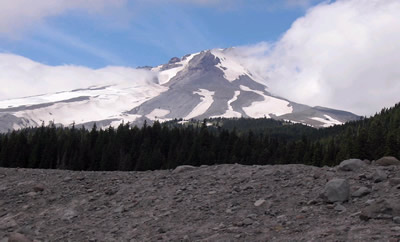
Scientists have learned that Mount Hood, Oregon's tallest mountain, has erupted in the past due to the mixing of two different types of magma. Adam Kent, a geologist at Oregon State University, says this
...more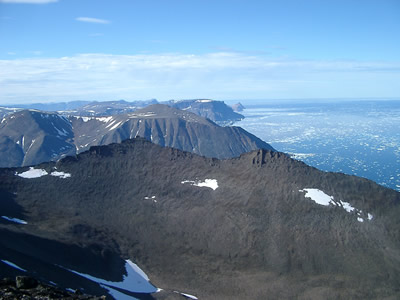
The Earth's mantle is a rocky, solid shell that is between the Earth's crust and the outer core. The mantle is made up of many different reservoirs that have different chemical compositions. Scientists
...more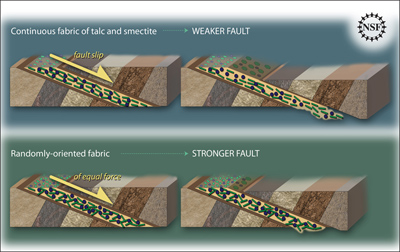
Some faults look strong and like they wouldn’t cause an earthquake. But it turns out that they can slip and slide like weak faults causing earthquakes. Scientists have been looking at one of these faults
...more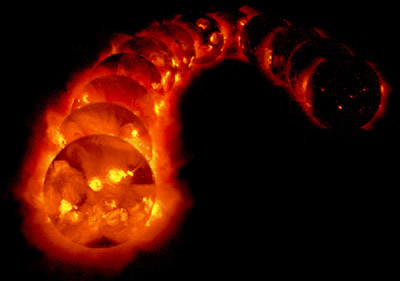
The sun goes through cycles that last approximately 11 years. These solar cycle include phases with more magnetic activity, sunspots, and solar flares. They also include phases with less activity. The
...more
Studying tree rings doesn't only tell us the age of that tree. Tree rings also show what climate was like while the tree was alive. This means that tree rings can tell us about climates of the past. Two
...more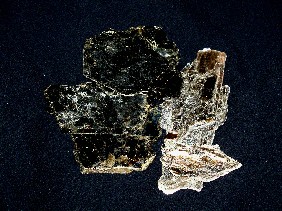
Earth's first life form may have developed between the layers of a chunk of mica sitting like a multilayered sandwich in primordial waters, according to a new hypothesis. The mica hypothesis, which was
...more


